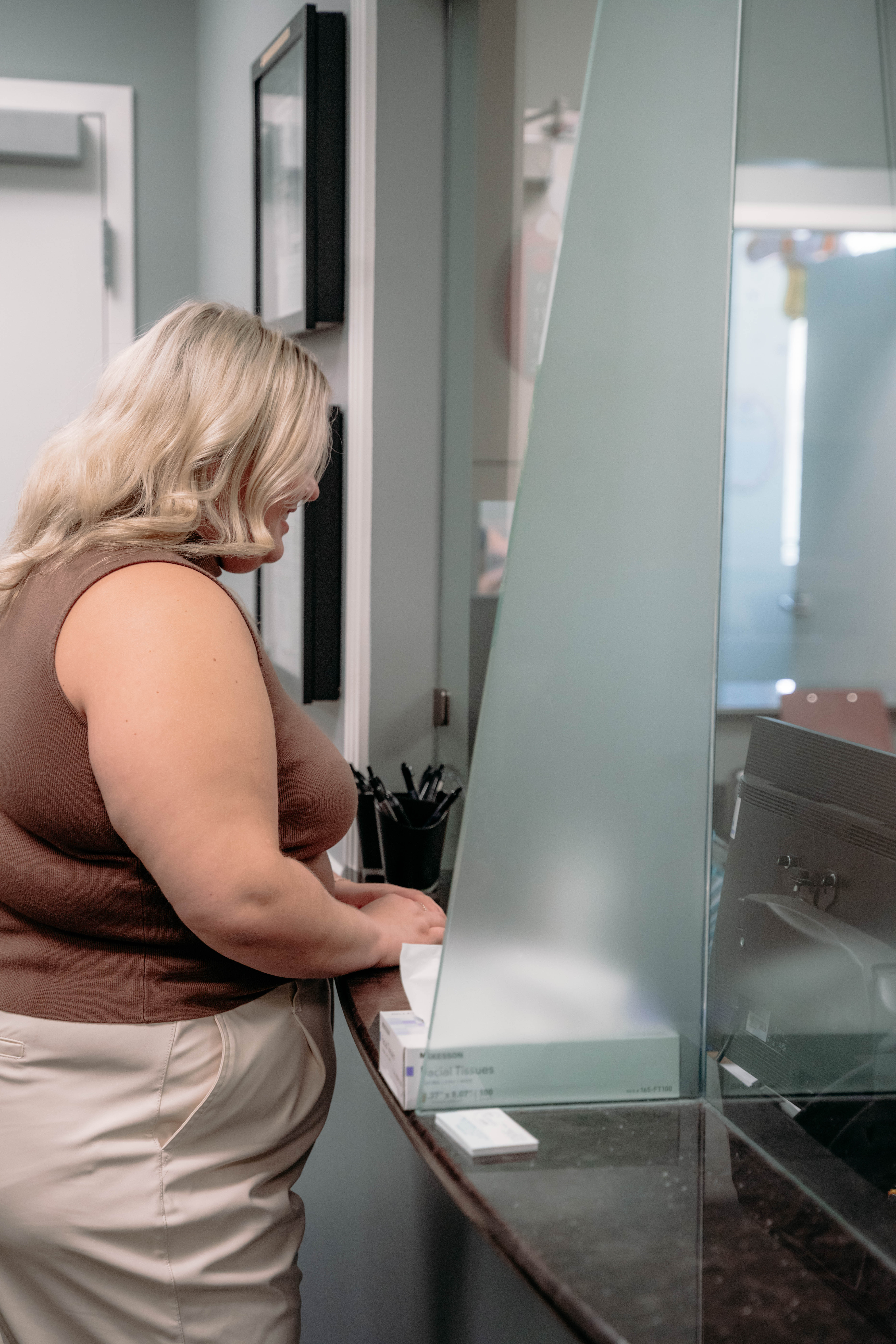Do you or someone you know have fibroids? Uterine fibroids are a very common type of growth. Approximately 40 to 80% of women have fibroids. However, many women don’t realize they have fibroids because they do not experience any symptoms.
What are uterine fibroids exactly?
Well, uterine fibroids (also known as leiomyomas) are growths made up of the muscle and connective tissue from the wall of the uterus. These growths are generally not cancerous and rarely develop into cancer.
Fibroids can be one single nodule or they can be in a cluster. Fibroid clusters can range in size from 1 mm to more than 20 cm (or approximately as big as 8 inches) in diameter or even larger. For comparison, larger fibroids can be the size of a grapefruit to the size of a watermelon. These growths can develop within the wall of the uterus, inside the main cavity of the organ, or even on the outer surface.
Symptoms of uterine fibroids vary. Not all women have the same experiences with them. Because of how unique fibroids can be, your treatment plan will depend on your individual case.
Who is at risk for uterine fibroids?
Several risk factors can play a role in your chances of developing fibroids. They can include:
- Obesity.
- There is a family history of fibroids.
- Not having children.
- Early-onset of menstruation (getting your period at a young age).
Location of fibroids
There are different names given for the various locations where these fibroids can be present. These names describe not only where the fibroid is, but how it’s attached. Specific locations where you can have uterine fibroids include:
- Submucosal fibroids: In this case, the fibroids are growing inside the uterine space – where a baby grows during pregnancy. Think of the growths extending down into the space in the middle of the uterus.
- Intramural fibroids: These fibroids are embedded into the wall of the uterus itself. The fibroids are growing inside this muscular wall.
- Subserosal fibroids: These types of fibroids are connected closely to the outside wall of the uterus.
- Pedunculated fibroids: They are known to grow on peduncles (stems or stalks) attached to the uterus. Pedunculated fibroids that grow from the outside of the uterus into the pelvis are called pedunculated subserosal fibroids. Those that grow towards the uterine cavity are pedunculated submucosal fibroids.
What are the symptoms?
Most of the time fibroids do not cause any symptoms and don’t require treatment other than regular observation by your healthcare provider. These are typically small in size as well. When you don’t experience symptoms, it’s called an asymptomatic fibroid.
Larger fibroids can cause you to experience a variety of symptoms, including:
- Excessive or painful bleeding during your period.
- Bleeding between periods.
- A feeling of fullness in your lower abdomen/bloating.
- Frequent urination.
- Pain during sex.
- Back pain and/or leg pain.
- Constipation.
- Chronic vaginal discharge.
- Inability to urinate or to completely empty your bladder.
- Pelvic pressure or pain
Sometimes the symptoms will stabilize or go away after you’ve gone through menopause because your hormone levels are declining.
Treatment
There are treatment options for fibroids. It will depend on the severity of your symptoms to know which treatment option is best for you. Again, diagnosis and treatment will depend on the individual’s experience.
If you feel as though you are experiencing any of these symptoms, contact OB-GYN Women’s Centre to schedule your appointment. We are here for you during all of the stages of your life.




